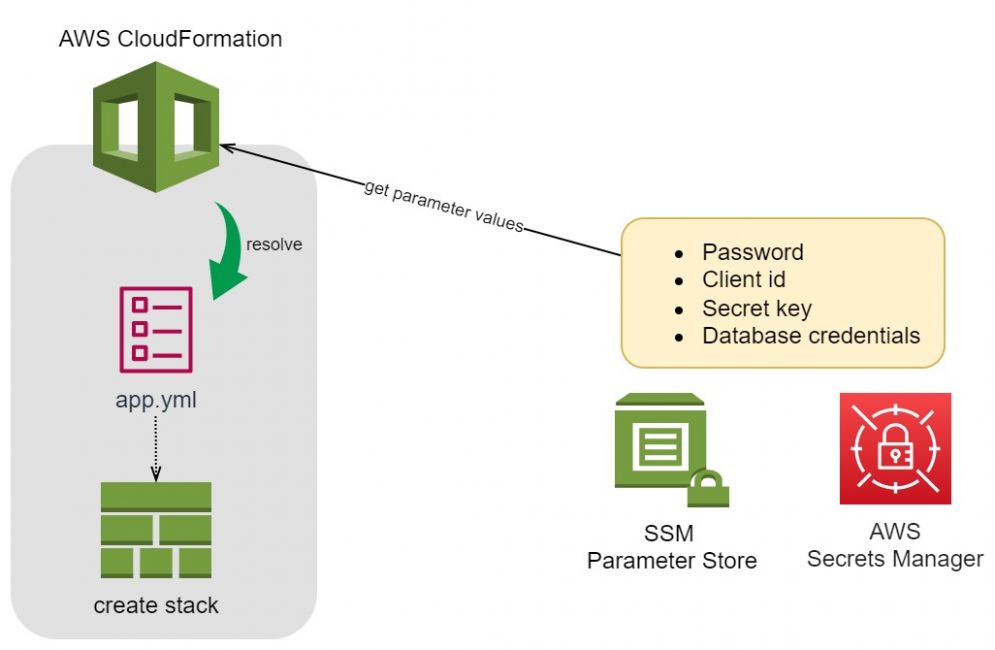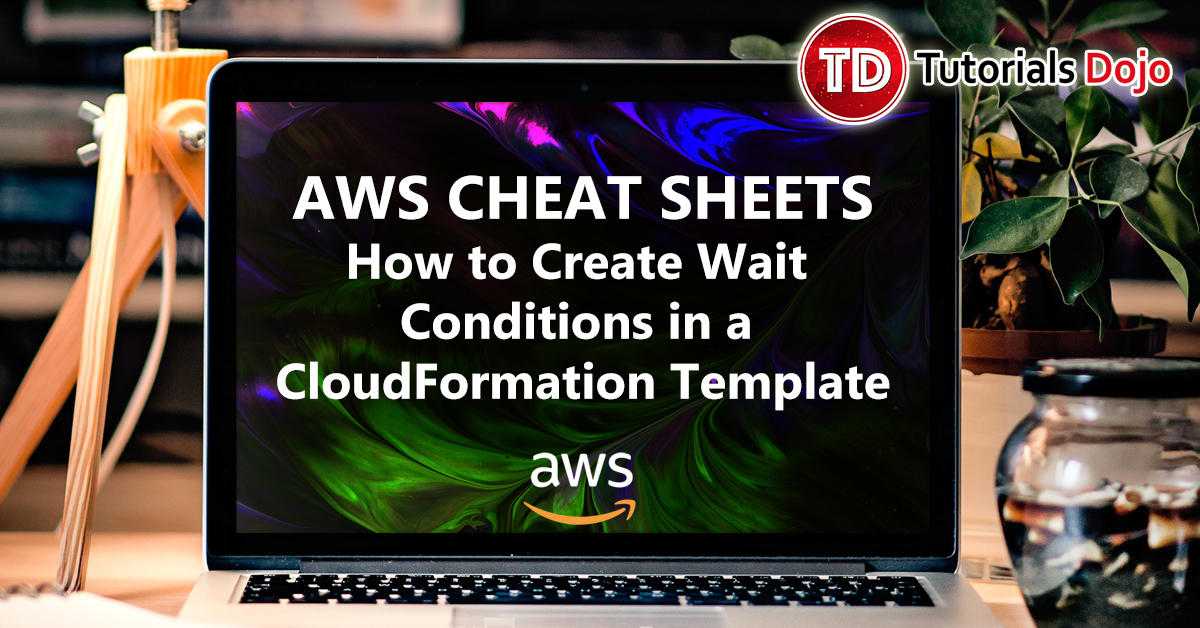How to Implement CloudFormation Creation Policy on Ubuntu
Neil Rico2024-05-14T03:55:22+00:00Welcome to our guide on implementing AWS CloudFormation Creation Policy on Ubuntu! If you're diving into cloud infrastructure management with AWS CloudFormation, understanding Creation Policies is crucial for ensuring smooth stack creation and resource management. In this article, we'll delve into CloudFormation Creation Policy, a vital attribute for orchestrating resource creation in AWS CloudFormation. While focusing on Ubuntu, we'll also cover the essential installation of CloudFormation helper scripts, which facilitate the signaling process between EC2 instances and CloudFormation. What is CloudFormation Creation Policy? The CloudFormation creation policy is an attribute that allows you to prevent a resource from reaching the [...]









